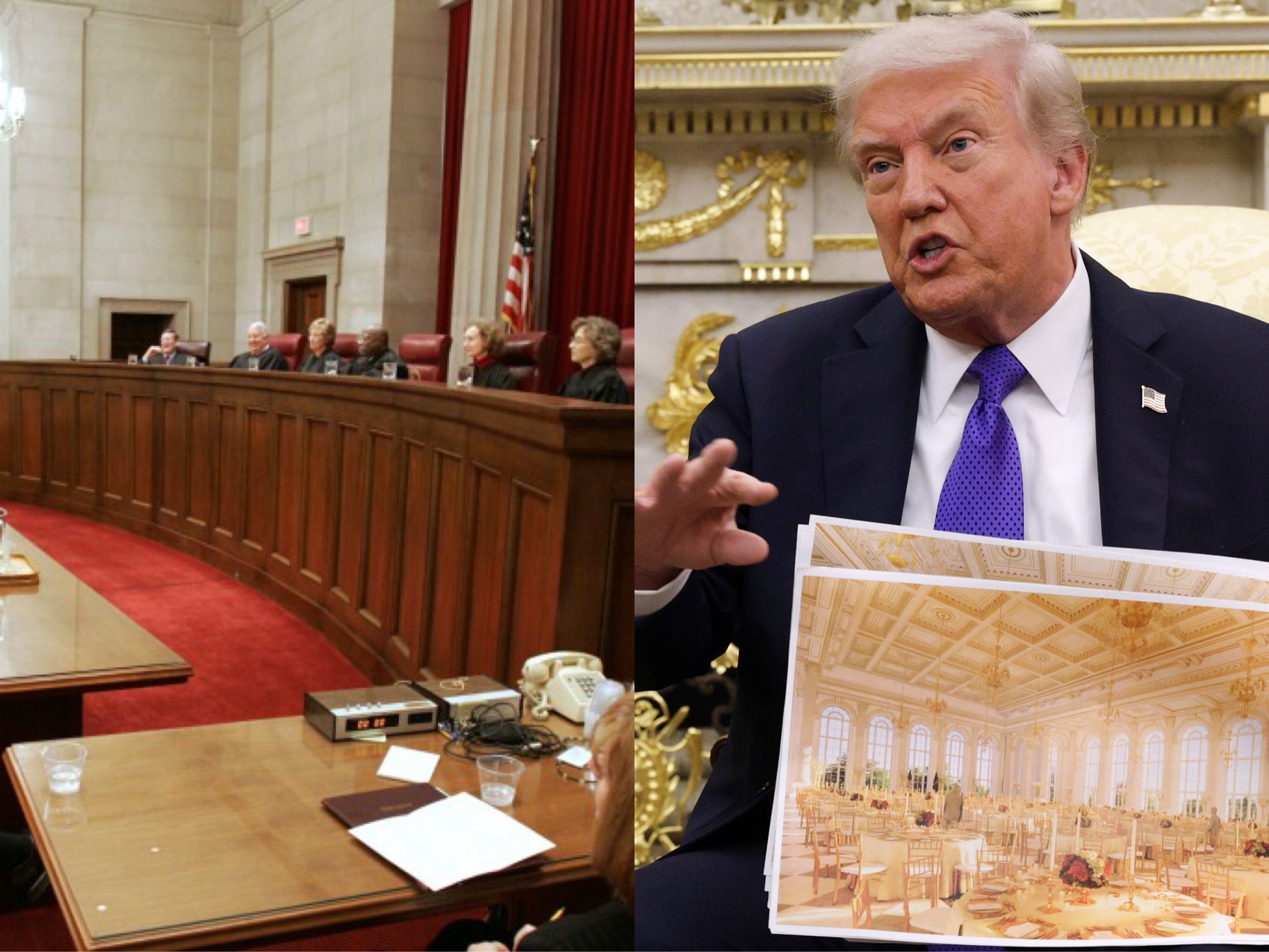NFL
The Supreme Court has struck down Donald Trump’s ballroom plan, declaring his removal of the White House East Wing unlawful and directing him to restore the building he tore down.

Supreme Court Strikes Down Trump’s Ballroom Plan, Orders Full Reconstruction of Demolished East Wing
In a major legal blow to President Donald Trump, the Supreme Court has ruled that his demolition of the White House East Wing—conducted to make space for a proposed presidential ballroom—was unlawful and must be reversed immediately. The historic decision delivers one of the strongest judicial rebukes of his presidency, sharply criticizing the administration for bypassing federal preservation laws and ignoring longstanding procedures governing alterations to national landmarks.

According to the Court’s majority opinion, the East Wing’s demolition was executed “without legal authority, without congressional oversight, and in direct violation of federal preservation statutes designed to protect historic government structures.” The ruling emphasized that no president has the power to unilaterally alter or destroy sections of the White House, which is protected as both a historic site and federal property.
The controversy began when Trump quietly green-lit the demolition weeks earlier, reportedly to clear space for a new luxury ballroom he claimed would “modernize the presidential residence” and “strengthen America’s global hosting capacity.” The move immediately triggered multiple lawsuits from preservation groups, former White House architects, and, eventually, the ACECO Demolition Company itself, which alleged unpaid balances and unauthorized instructions during the teardown.
The Supreme Court’s decision requires the administration to fully reconstruct the East Wing “to its original historic form,” using approved architects, federal preservation experts, and transparent oversight. Any continuation of the ballroom project has been halted pending further review.
Legal analysts say the ruling marks a significant reminder of constitutional limits on executive authority. “This isn’t just about a building,” said one constitutional expert. “This is about the rule of law, checks and balances, and the principle that the presidency does not sit above federal regulations.”
The White House has not released a detailed statement on how or when reconstruction will begin, but officials close to the matter say the administration is preparing for a lengthy and costly process—one that could take years to complete.
Meanwhile, preservation advocates are celebrating the ruling as a victory for historic integrity and governmental accountability. “The East Wing is not just architecture—it is national heritage,” one group said. “No president should be allowed to demolish history for personal projects.”
As orders go into effect, all eyes remain on the next steps from the administration, the reconstruction plans, and the political fallout that is already gaining momentum in Washington.












